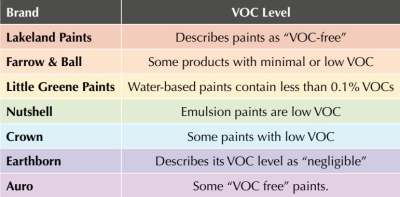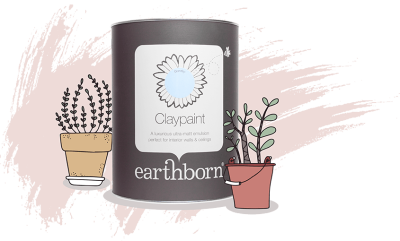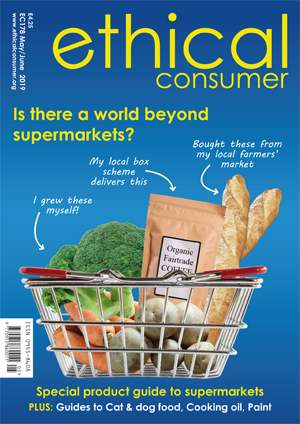You'll notice that the score table in this guide is no longer displaying. This is because the guide is over 5 years old and the scores were out of date. We have a programme of reviewing guides to schedule updates and this one is under consideration.
How to find ethical paint
The paint sector suffers from a number of ethical issues, from the use of harmful chemicals and petrochemicals to animal testing and the amount of consumer waste produced.
In this guide we focus on some of the most harmful ingredients found in emulsion and gloss paints, and ask are there any viable ethical alternatives in this market?





